BLOG
Categories
Creating a Healing Environment for Adopted Children: Essential Strategies for Success
Understanding the Needs of Adopted Children
Adopted children may face unique emotional challenges due to past experiences such as trauma, neglect, or the loss of birth parents.
Understanding these needs is crucial to support their healing and development.
Recognizing Effects of Trauma
Trauma can deeply impact an adopted child's behavior and emotional state.
Childhood trauma might result from experiences like abuse, witnessing violence, or sudden changes in caretaking.
It's important to recognize signs such as anxiety, withdrawal, or outbursts.
Children might struggle with trust and feel unsafe in new environments.
Creating a sense of safety involves consistency and nurturing.
Reassure them with routines and clear expectations, helping them gradually feel secure and valued.
Identifying Signs of Neglect and Abandonment
Neglect and abandonment can affect a child's development.
It might hinder emotional growth or result in difficulty forming attachments.
Signs include a lack of response to emotional cues, difficulty bonding, or low self-esteem.
Pay attention to behaviors that indicate a fear of being left alone.
Encourage children by being consistently present and emotionally available.
Building a supportive home environment can help heal wounds by showing that their needs will be met with care and love.
Supporting Children Through Loss and Grief
Loss and grief are common feelings among adopted children, stemming from separation from birth families.
Children might express this through sadness, anger, or confusion.
To support them, recognize their grief is a valid part of their journey.
Provide space for them to express their feelings and share memories.
Engage in meaningful conversations that allow them to reflect on their experiences.
Assure them they have an empathetic listener in you.
Building a Nurturing and Healing Environment
Creating a nurturing and healing environment for adopted children focuses on building secure attachments, encouraging positive behavior, and promoting resilience.
Fostering Secure Attachments and Connection
Secure attachments form the foundation of a nurturing environment.
Spend quality time with your child, focusing on activities that encourage bonding.
Consistent routines help them feel safe, as reliability fosters trust.
Eye contact is a crucial element in building connections.
It shows your child they are important and understood.
Engage in conversations and be an active listener.
Physical affection like hugs or pats on the back strengthens bonds.
Encourage expressions of feelings, always responding with empathy.
Create a space where your child feels both supported and secure.
Encouraging Positive Behaviors Through Support
Support plays a key role in guiding positive behavior.
Set clear expectations and establish boundaries with empathy.
Be consistent with these expectations to create a stable environment.
Positive reinforcement is effective in promoting good behavior.
Celebrate and acknowledge achievements, no matter how small.
This helps build self-esteem and encourages them to repeat good actions.
Model the behavior you wish to see.
Use simple gestures, like thank you or a smile, to demonstrate kindness and respect.
This encourages them to adopt these behaviors naturally.
Promoting Resilience and Coping Skills
Building resilience is crucial for adopting children to overcome challenges.
Teach them problem-solving skills by brainstorming solutions together.
Encourage them to think of different approaches rather than giving up.
Introduce simple coping strategies like deep breathing or drawing when they feel anxious.
These skills help them manage stress effectively.
Focus on their strengths, highlighting qualities that make them unique.
By fostering an environment where challenges are viewed as opportunities, you empower them to approach difficulties with confidence.
Roles of Adoptive Parents and Families
Adoptive families have a unique role in creating a supportive and healing environment for adopted children.
This includes understanding the child's past, using effective parenting strategies, and navigating the foster care system.
Adoption and Parenting Strategies
As adoptive parents, building a trusting relationship with your child is key.
Encouraging open communication allows children to express their feelings freely.
Listening to their thoughts about adoption, their birth family, and any emotions they experience can help them feel understood.
Creating routines provides stability.
Consistent daily habits can help children feel secure in their new environment.
Involving your child in family activities strengthens bonds and makes them feel included.
It's important to address any special needs an adopted child may have.
Some children require extra support due to previous experiences.
Seeking help from professionals, such as counselors familiar with adoption issues, can be beneficial.
This support helps in understanding your child's behavior and needs better.
Understanding the Foster Care System
Getting to know the foster care system can prepare you for adoption challenges.
Learning about the process helps manage expectations and reduces surprises.
Understanding the path from foster care to adoption is crucial.
Foster care often involves temporary placements.
Knowing this helps adoptive parents empathize with children's experiences.
Many children in foster care face uncertainty, making the transition to a permanent home significant.
You can also connect with foster families to gain insights.
Their firsthand experiences are valuable.
Support groups offer guidance and shared experiences, providing a sense of community.
You are not alone in navigating these challenges, and these connections can offer comfort and support.
Trauma-Informed Care and Early Intervention

Creating a healing environment for adopted children involves understanding their unique needs.
Trauma-informed care and early intervention can help address learning disabilities and anxiety issues, laying a foundation for healthy development.
Implementing Trauma-Informed Approaches
To implement trauma-informed care, focus on creating safe and supportive spaces.
Greet children warmly to foster trust and make them feel welcome.
Being consistent and predictable in your interactions is key.
Engage children in activities that promote emotional and social healing.
Arts and crafts, storytelling, and play can be powerful tools.
Use these methods to help children process their past experiences in a non-threatening way.
Recognize signs of trauma, such as withdrawal or aggression, and respond with patience and understanding.
Supporting Children With Learning Disabilities
Early intervention for learning disabilities is essential to enhance development.
Use individualized educational plans (IEPs) tailored to each child's needs.
Multisensory approaches like hands-on activities can aid retention and understanding.
Incorporate visual aids, graphic organizers, and repetition to reinforce learning.
Establish a routine that includes regular breaks to maintain focus.
Collaboration with teachers, therapists, and parents can ensure cohesive support.
Encourage open communication among all parties involved.
Addressing Anxiety in Adopted Children
Adopted children often experience anxiety related to past trauma and fear of instability.
Early intervention strategies include mindfulness practices, such as breathing exercises and guided imagery, which help reduce anxiety levels.
Encourage children to express their feelings through journaling or artistic outlets.
Teach them coping mechanisms like problem-solving and positive self-talk.
Building strong, trusting relationships with caregivers and educators is crucial.
Focus on empowering them to voice their concerns and needs confidently.
Creating a Support System for Long-Term Healing

Creating a strong support system is vital for the long-term healing of adopted children.
It involves empowering families and facilitating effective connections within the child welfare system.
Empowering Support Networks for Families
Empowering families with the right tools and resources is essential for healing.
The Connected Child offers valuable insights and techniques to help parents understand their children's needs.
Education and training on trauma-informed care can improve family dynamics and create a nurturing environment.
Support groups for families allow parents to share experiences and strategies.
This exchange can foster a sense of community and alleviate feelings of isolation.
Access to mental health professionals who specialize in adoption and attachment can further assist families in navigating challenges.
Building strong relationships with educators and healthcare providers can ensure that children receive consistent care and support across different areas of their lives.
By working together, these networks enhance a child's sense of security and stability.
Facilitating Reunification and Child Welfare
The child welfare system plays a critical role in a child's healing journey.
Facilitating reunification with biological families, when safe and appropriate, can be a positive development for some children.
It requires thorough assessment and preparation to ensure it benefits the child's well-being.
Open and honest communication between all involved parties is crucial.
This includes caseworkers, biological families, and adoptive families.
Establishing clear plans for contact and visitation supports these efforts, making transitions smoother for the child.
Addressing cultural and individual needs within the child welfare system helps create an inclusive and supportive environment.
Recognizing the unique circumstances each child faces ensures they receive personalized care, promoting long-term healing.
Frequently Asked Questions

Creating a healing environment for adopted children involves building trust, establishing safety, and addressing their emotional needs.
These actions support their well-being and help them integrate smoothly into their new family.
What are effective ways to build trust with an adopted child?
Building trust with an adopted child can take time.
Spend quality time together and be consistent in your actions and words.
Show genuine interest in their feelings and experiences.
How can parents create a sense of safety and security for an adopted child in their new home?
To help an adopted child feel safe, establish a stable home environment.
Set clear boundaries and rules to provide structure.
Ensure that the home atmosphere is welcoming and predictable.
What role do routines play in creating a stable environment for adopted children?
Routines give children a sense of normalcy and predictability.
Stick to regular meal times, bedtimes, and daily activities.
A reliable schedule helps ease anxiety and fosters a stable, comforting environment.
How can adoptive parents address the unique emotional needs of an adopted child?
Understand that adopted children may feel a range of emotions.
Be patient and attentive to their feelings.
Encourage open conversations about their past experiences and emotions without pressure or judgment.
What are the best practices for integrating an adopted child into the family while respecting their background?
Incorporate elements of the child's culture and background into family traditions.
Celebrate their heritage on special occasions.
Offer them space to share their thoughts and preferences, helping them feel included and valued.
How can communication be fostered to support the emotional well-being of an adopted child?
Create an open, nonjudgmental environment where they feel safe to express their feelings.
Listen actively and acknowledge their emotions.
Regular family discussions and check-ins can help strengthen communication and trust.
RECENT POSTS
Bringing and keeping families together!










